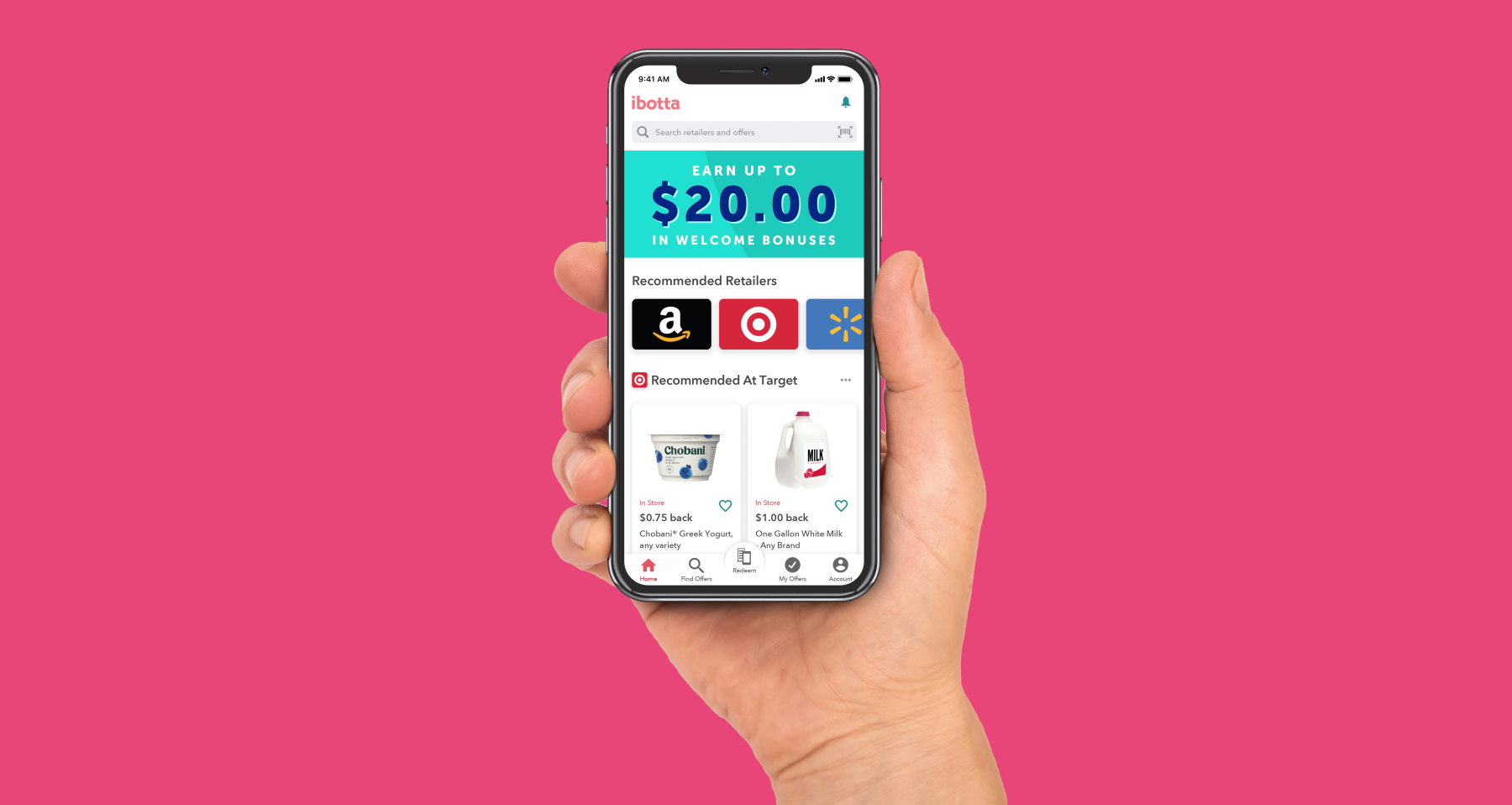
What User Permission in iOS Really Means for Your TV Campaign
For many marketers, acronyms like IDFA, SKAN (or SKAdNetwork), and ATT sound overly complex and threatening. Combine these code words with notions of “no attribution for iOS installs”, and we have a mobile user acquisition frenzy standing in front of us.
Let’s put all of this in layman's terms, starting with the acronyms.
IDFA: Identifier for advertisers is a device identifier assigned by Apple to a user’s device. It is constant (users can block/reset) and used for tracking and identifying a user without revealing personal info. It is used to deliver customized advertising and install attribution (more on that later).
SKAN: A library provided through iOS to help you attribute advertising in a privacy-safe way.
ATT: App Tracking Transparency. This is Apple’s framework for managing privacy, IDFA & SKAdNetwork.
The big change (coming in just a few weeks!)
To date, app developers track their users once an app is installed. This allows them to build user profiles and enable better ad targeting (or: make more money from advertising, and better mobile app monetization!). The connective tissue for tracking is IDFA (with the Android equivalent being AAID). IDFA is also a key data field for advertisers to measure the efficacy of their mobile user acquisition campaigns.
With the general release of iOS 14.5, mobile app developers will need to ask their users for explicit consent to be tracked. This is all part of Apple’s drive for more privacy. The permission is not some hidden setting or feature but is prominently shown upon the first launch.
Apple announced these changes early last summer but has been slow to roll them out. Undoubtedly, this extra time was needed for Apple to stage ATT and SKAdNetwork, whilst giving developers more time to prepare. The time has now come.
For brands marketing their app on TV with Tatari, there is NO impact, whatsoever. Tatari’s measurement for app installs and events leverages IP-level data and IDFV (short for “Identifier for Vendor”, similar to first-party cookies). Tatari is deeply integrated with the leading MMPs (Adjust, AppsFlyer, Branch, Kochava, and Singular) and those key values are not impacted, at least for now. Business (or rather: attribution and measurement) as usual!
For advertisers and publishers in the digital realm, user permissioning sure does raise a challenge. Some forward-leaning players like Jampp have tested SKAdNetwork and a Post-IDFA Alliance (boasting some big players such as Singular or Vungle) has been formed. Considering this change could cost Facebook $5bn, Mark Zuckerberg has taken the fight directly to Apple.
It is my personal belief that app developers will eventually drive user consent and opt-in by tying it to the performance of the app (e.g. access to features). Short-term, the industry may need to rely on Android comparable data, historical data, and the (small or big?) pool of iOS users opting in. Or: simply rely more on TV advertising, and drive mobile user acquisition at scale with reliable measurement and optimization.

Philip Inghelbrecht
I'm CEO at Tatari. I love getting things done.
Related
Marketing Minds: Brooke O'Brien at Ibotta
Tatari sat down with Brooke O'Brien, Marketing Manager of User Acquisition at Ibotta, to learn more about her journey and experience with TV advertising.
Read more
Driving mobile acquisition through TV campaigns
Many mobile marketers tasked with driving user growth or acquisition find themselves in a similar situation. They have maxed out on digital channels like social and search, and they need to find another channel that reaches audiences at scale.
Read more
Tatari + AppsFlyer: Understand TV advertising impact on mobile installs
Tatari has built an integration with AppsFlyer to ingest mobile attribution data, such as how many people downloaded the app, signed up for an account and made an in-app purchase.
Read more


